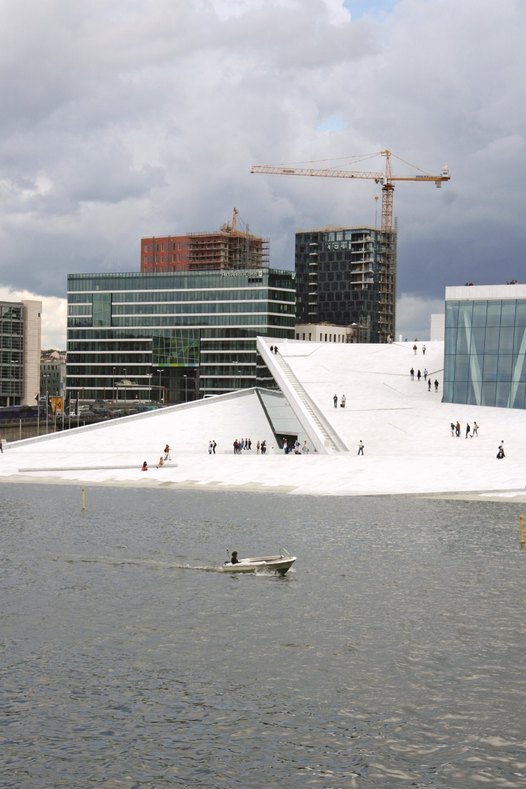1. Cities with the longest tradition for not building "high-rises" are most restrictive with regard to allowing building permits for such developments, e.g. Helsinki and Copenhagen.
2. Public ownership of the land is often an issue of significant importance. In Helsinki, for instance, where no high-rise buildings have been constructed in the city centre since 1931, the municipality owns 70% of all land in the city.
3. Population growth, on the other hand, does not seem to be particularly highly correlated to the extent to which high-rise developments actually take place. E.g. both Vilnius and Riga have more or less stable populations, or somewhat declining, but have nevertheless built several city centre towers since the late 1990s.
4. The ongoing development of rapid urban public transport, like metro/underground railway systems, is very expensive and is usually used to justify a significant expansion in a city's built-up areas.
5. Many of the tower projects seem to be initiated due to the profits that can be generated for real-estate developers. For others the justification is perhaps more influenced by individuals or companies who want to announce their presence through the creation of such a building. Rarely if ever, are there public movements to build such structures. In Stockholm, however, one finds a small group of skyscraper activists.
6. There is relatively little debate on the local climatic impact of high-rises in the Baltic and Nordic capitals. This is perhaps a little surprising given the level of shadow and wind potentially generated by such buildings. In Oslo however the densification of high-rise buildings around the Central Railway Station is used by the Planning authorities and others as an argument to save energy and reduce harmful climatic emissions in general.
7. The debate on skyline-impacts seems to be most engaged when "high-rises" are built in the vicinity of historical townscapes like the old towns of the Baltic capitals. Copenhagen, Stockholm and Oslo have however experienced such debates in the past. In cases relating to world heritage sites UNESCO naturally gets involved.
8. Generally there seems to be little debate on the more direct visual impacts like colours, building-shapes or the facades-textures (light-heavy) of the individual buildings or clusters of such buildings.
9. Architects, planners and other professionals seem to hold similar views on high-rise developments as the general public. Some are in favour, some are against and some are indifferent. Usually permits to build high are, in the end, decided on by the municipal councils. Most of the protests against such developments are by people living close to the potential development sites.

The new Opera House in Oslo with the emerging Barcode-project in the distance. Photo: Odd Iglebaek